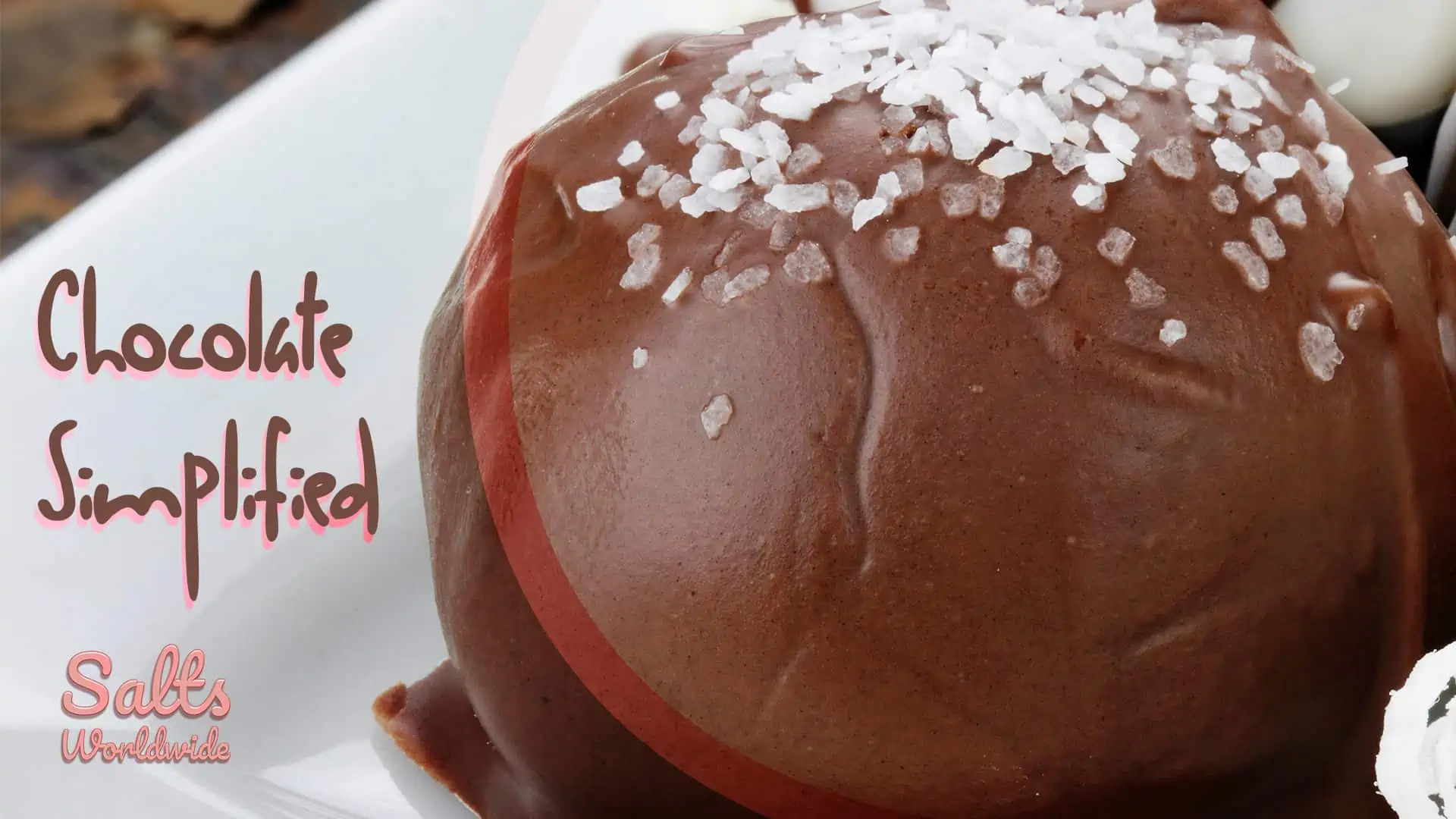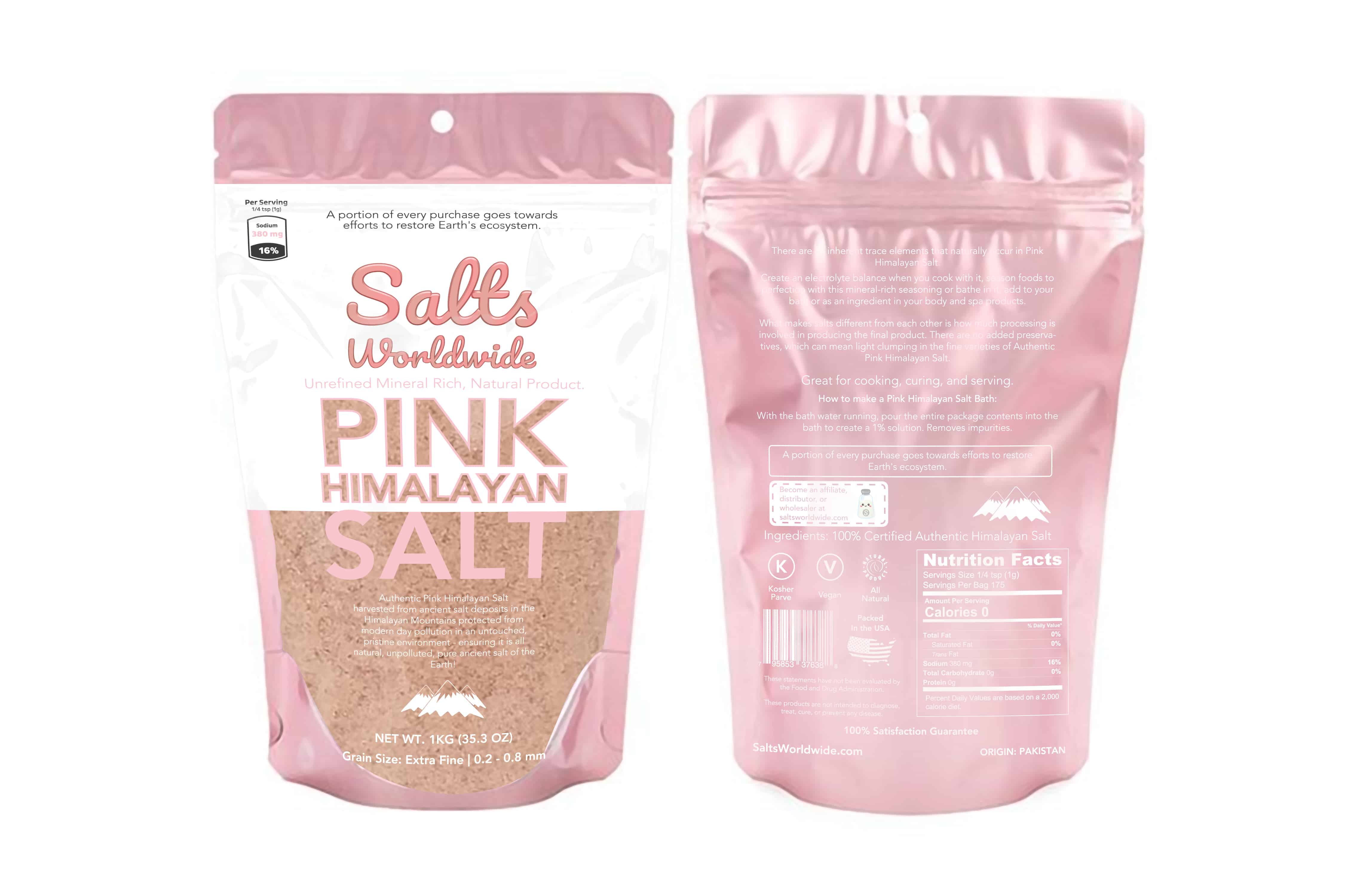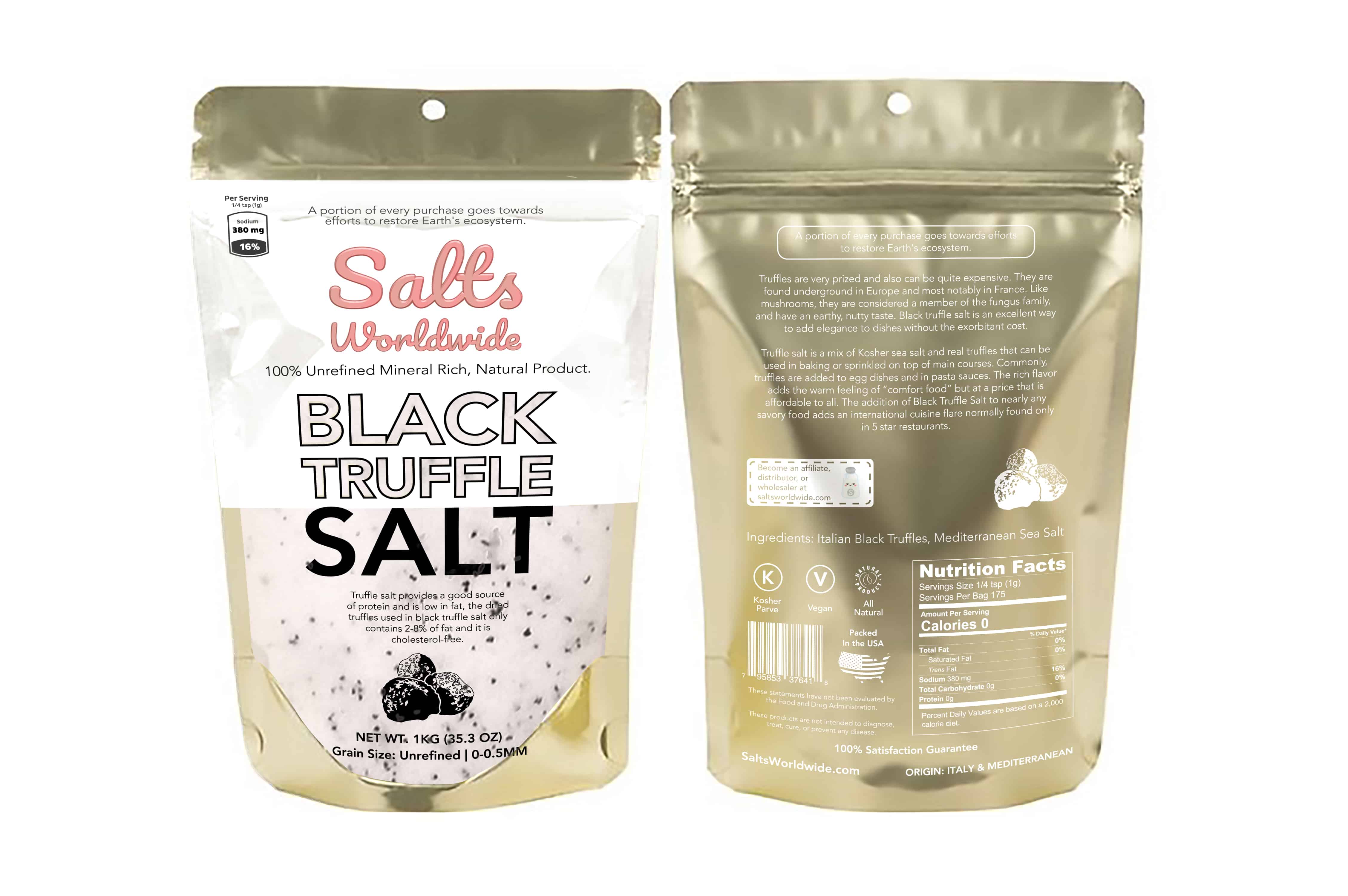There’s almost too much written about chocolate – rhapsodies about taste, scientific treatises, claims of aphrodisiac qualities, nutritional defenses. But unless you’re a dedicated pastry chef or candy maker, you can effectively handle chocolate in the kitchen by just understanding three things: types of chocolate, common cooking problems, and how to choose your favorite brand.
1) Types of Chocolate: To differentiate among chocolate types, all you really need to know is that after a rather complex production, the cocoa bean is pulverized into a paste called “chocolate liquor”. Chocolate liquor is made up cocoa butter (a vegetable fat) as well as little chunks called cocoa solids. Chocolate types are largely determined by the percentage of these two elements, as well as which additives are combined with them.
Cocoa: Cocoa is a dry powder made by removing 2/3 of the cocoa butter from the liquor and leaving in all the cocoa solids. Sugar is not added. Cocoa can be bought in two forms. “Natural or nonalkalized” cocoa, e.g. Hershey’s has had no further processing. “Dutch” or “European” cocoa has had some of its acidity removed. They can be substituted for each other, with one modification. Most recipes which specify natural cocoa also require baking soda to neutralize the acidity. If you use Dutch cocoa, you do not need the baking soda.
Unsweetened, Baking, or Bitter Chocolate: Unsweetened chocolate can be found under any of these labels. By comparison to cocoa, there is a higher percentage of cocoa butter, 50 –58%, and it is solid. Liquid unsweetened chocolate is made by substituting vegetable oil for some of the cocoa butter; while more convenient in recipes, you sacrifice flavor. You can interchange baking chocolate with cocoa. Use 3 T of cocoa powder and 1 T of butter or shortening for every one ounce of baking chocolate.
Bitter-Sweet or Semi-Sweet Chocolate: To make bitter or semi-sweet chocolate – sugar, vanilla, and lecithin are added to the chocolate liquor, replacing some of the cocoa butter. These chocolates are around 35% fat and largely differ by the amount of added sugar. They can be used interchangeably in recipes. If all you have is unsweetened chocolate, you can make do with substituting 3 ounces of unsweetened chocolate and 3 tablespoons of sugar for every 4 ounces of bitter chocolate.
Couverture Chocolate: This chocolate is semi or bittersweet chocolate, but has a higher percentage of cocoa butter and less sugar. It is used largely for candy making as it solidifies after melting to a glossy, thin layer
Pink Himalayan Salt
The Pink Himalayan Salt is a favorite among chefs in the culinary world. Aside from being a an excellent ingredient, it pink Himalayan salt can also be used as a nourishing bath salt!




